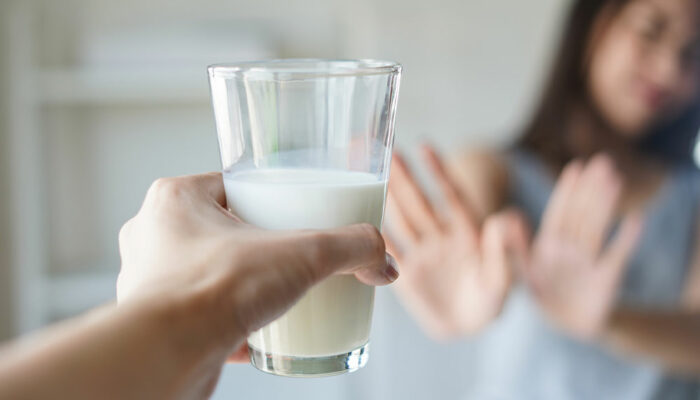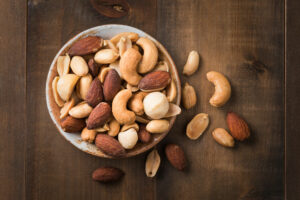
Try these 8 natural remedies for nasal polyps
Nasal polyps are soft, usually painless lumps that grow in the sinuses or nose as a result of specific allergies, infection, or inflammation. More often than not, the polyps do not result in severe symptoms. However, people with nasal polyps may experience sneezing, itching, difficulty in breathing, and runny nose, among other symptoms. While doctors can prescribe sprays for nasal polyps relief, the following natural remedies can also help relieve the symptoms. Cayenne pepper This hot and spicy food item contains capsaicin—a compound that is known for its ability to clear sinuses. Several studies have shown that this compound can help ease inflammation, open up nasal passages, and improve immunity. Consequently, one can reduce several nasal polyp symptoms by adding cayenne pepper to their food. Adding 1–2 teaspoons to the recipes should help with symptom relief. Alternatively, having a hot cayenne tea can also serve the purpose. Peppermint The key ingredient that makes peppermint one of the best natural remedies for nasal polyps is menthol. A study conducted in 2015 indicated that menthol possesses decongestant properties that not only help in clearing nasal passages but also treat common cold-like symptoms. Neti pot Using a neti pot is a form of nasal irrigation that can help reduce nasal polyp symptoms.
Read More 











